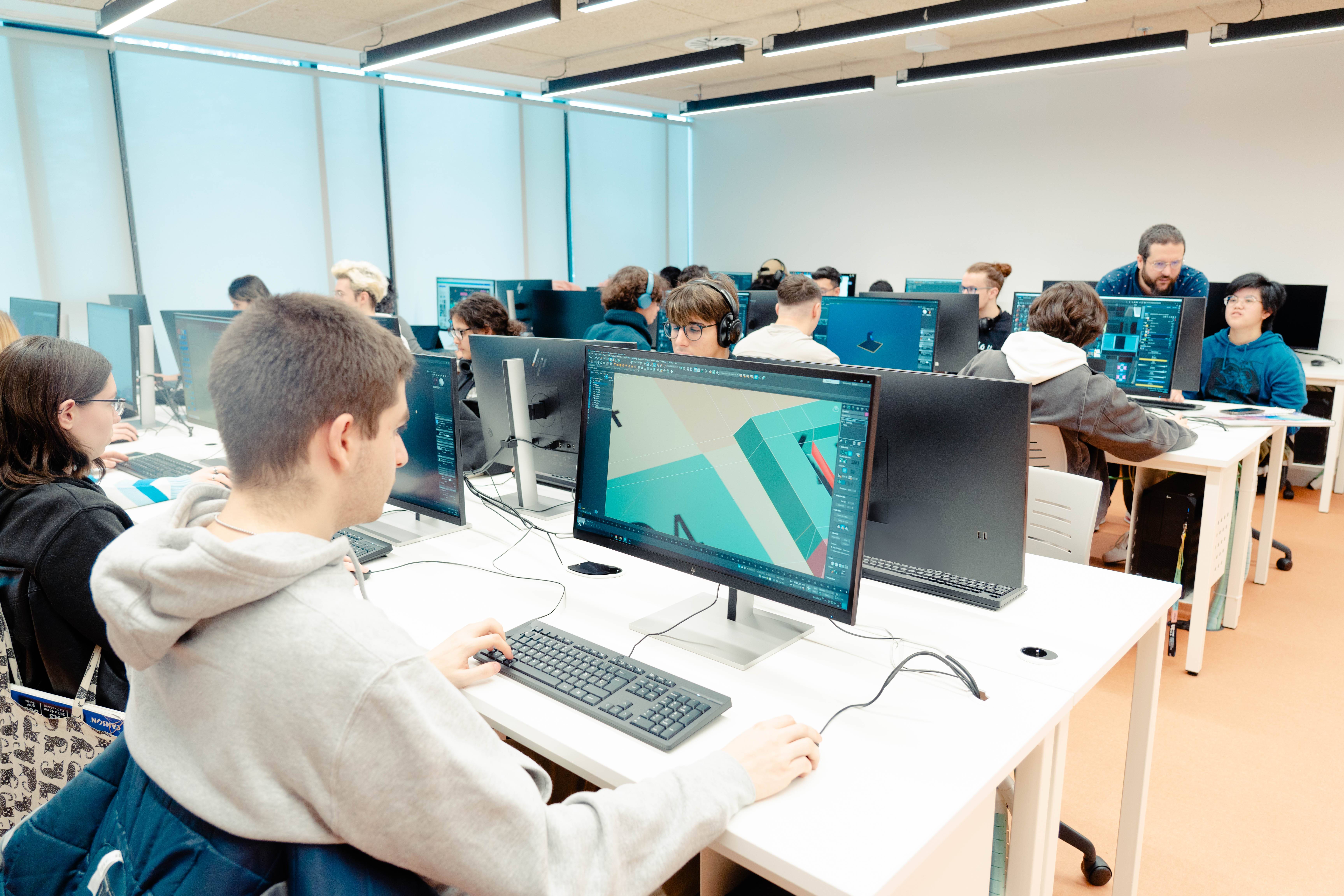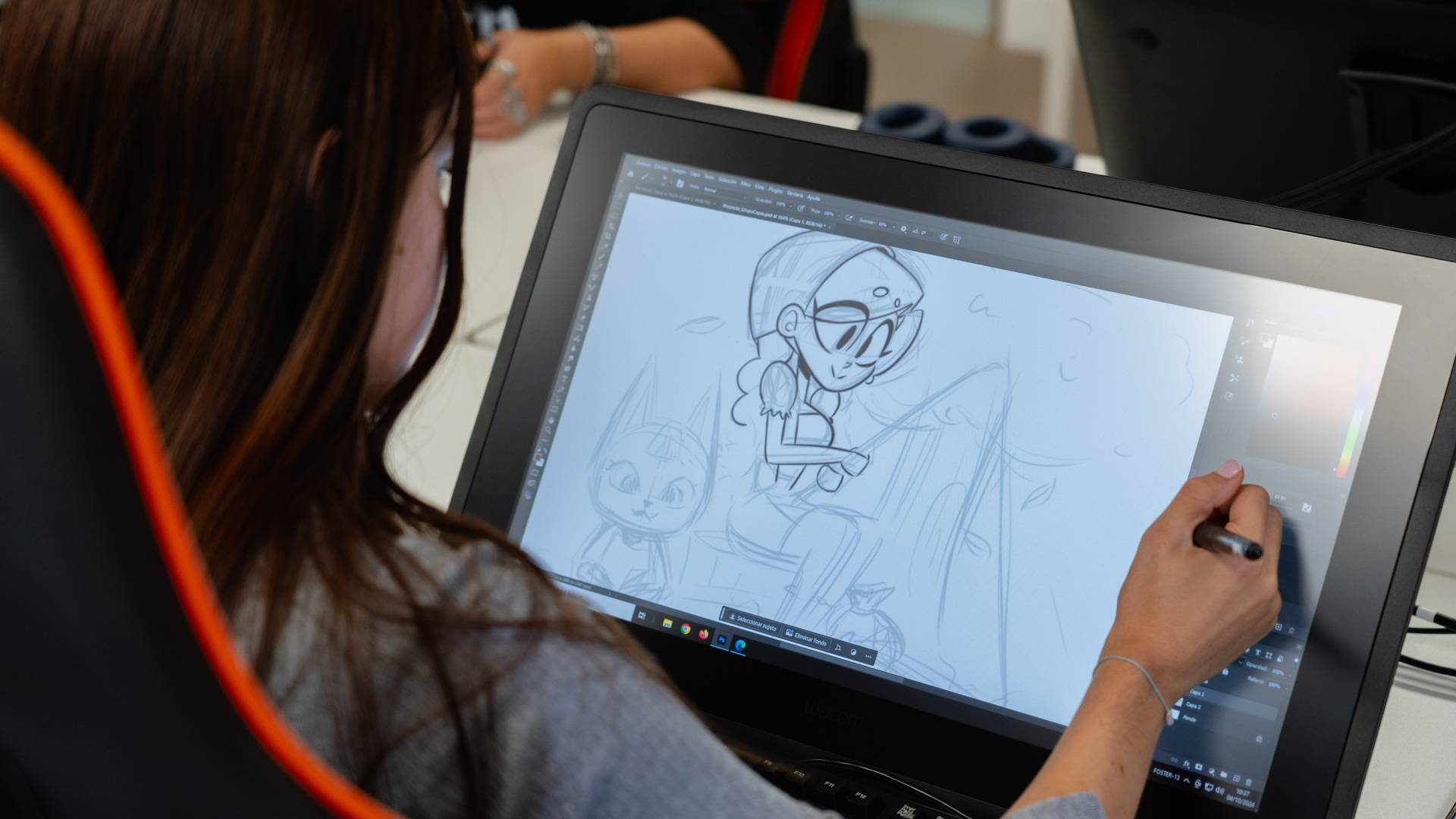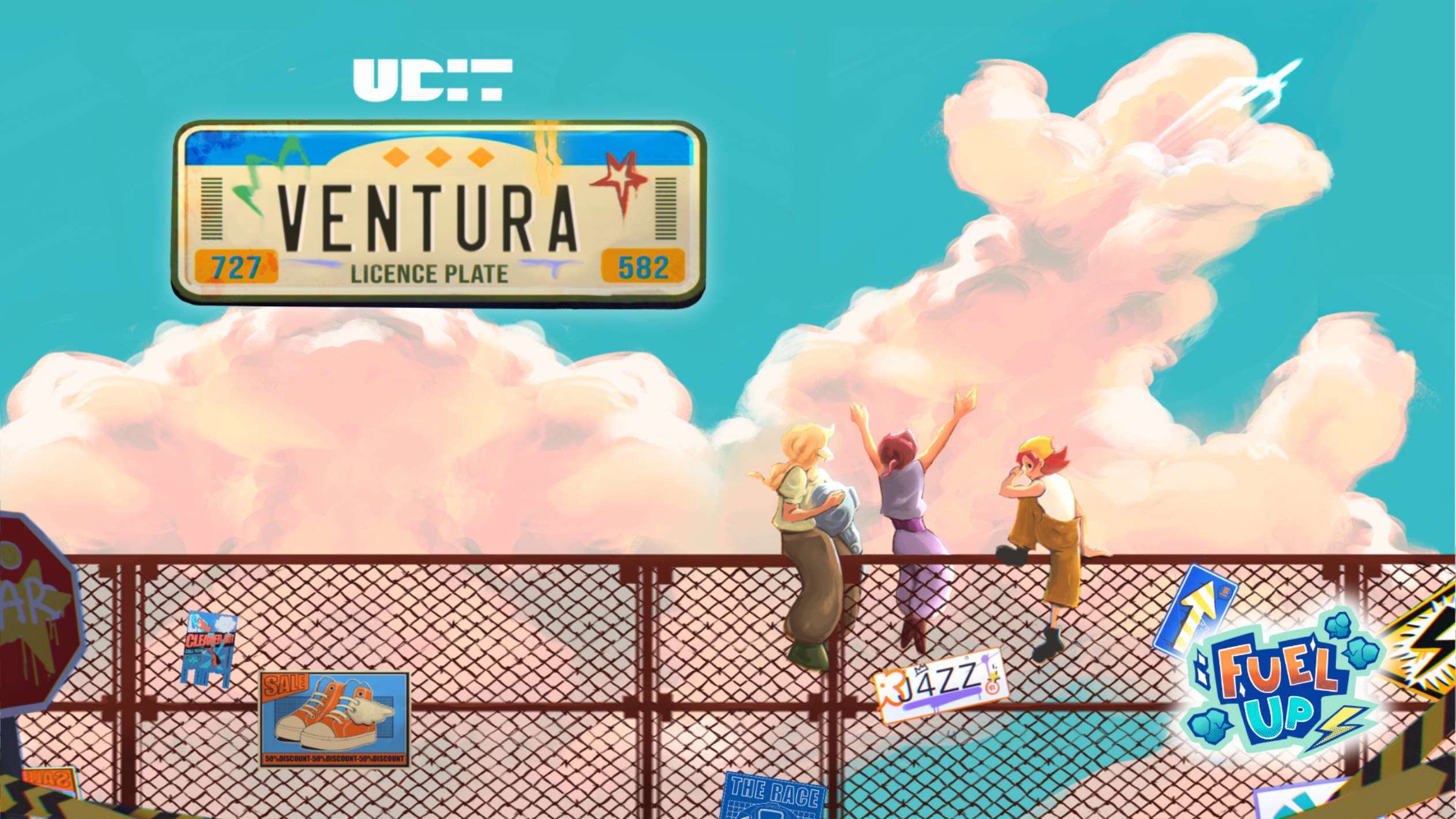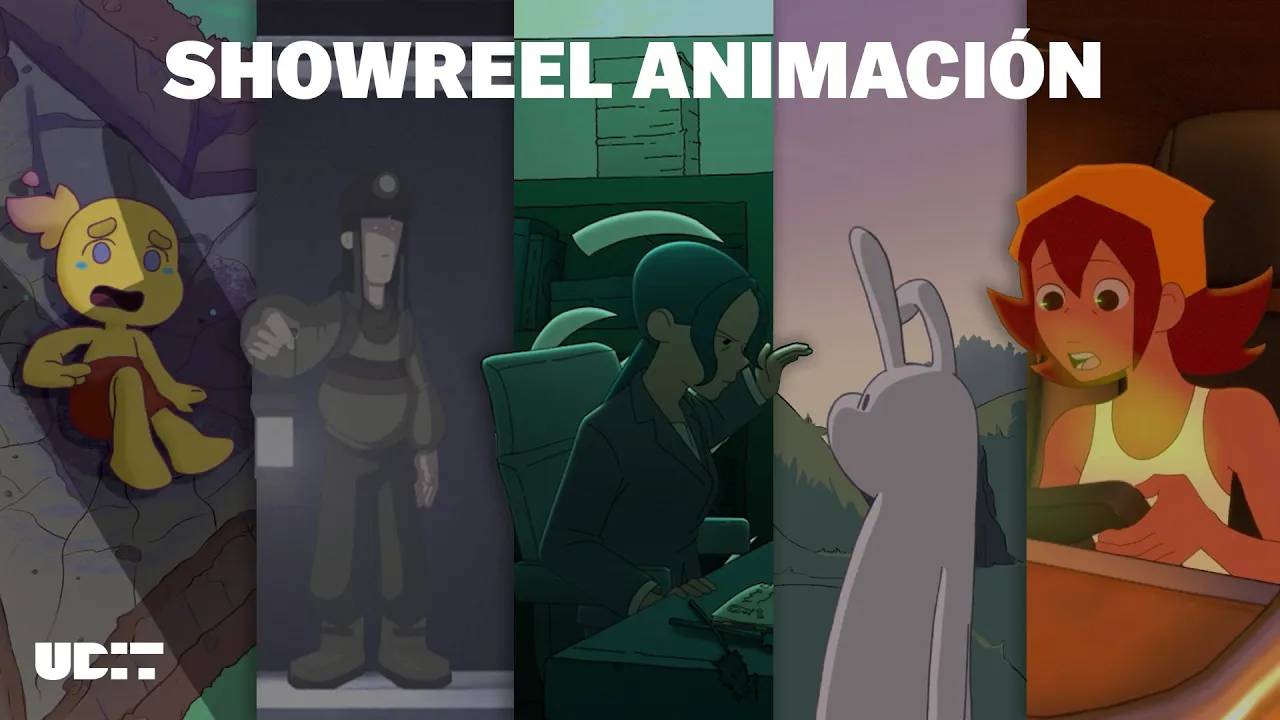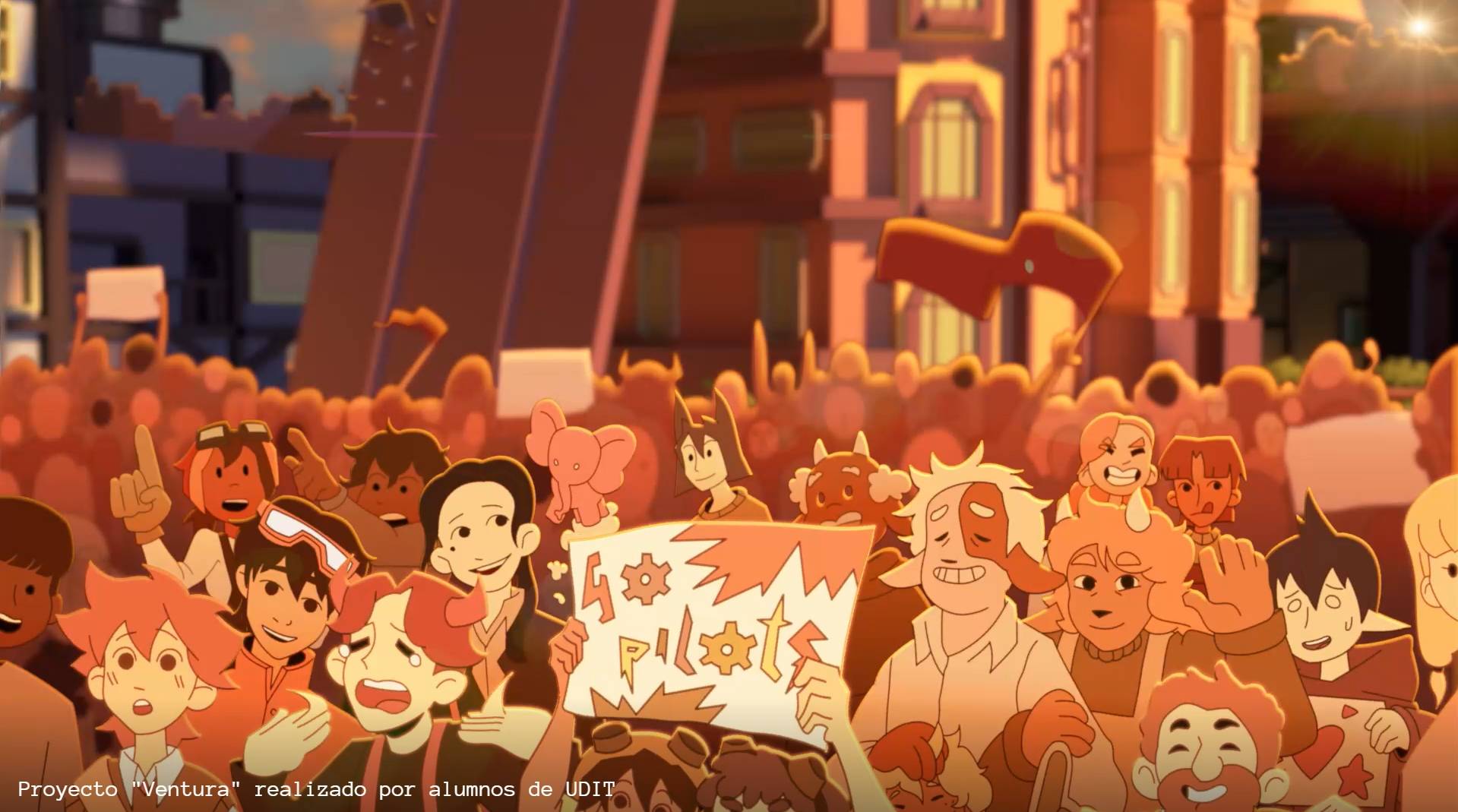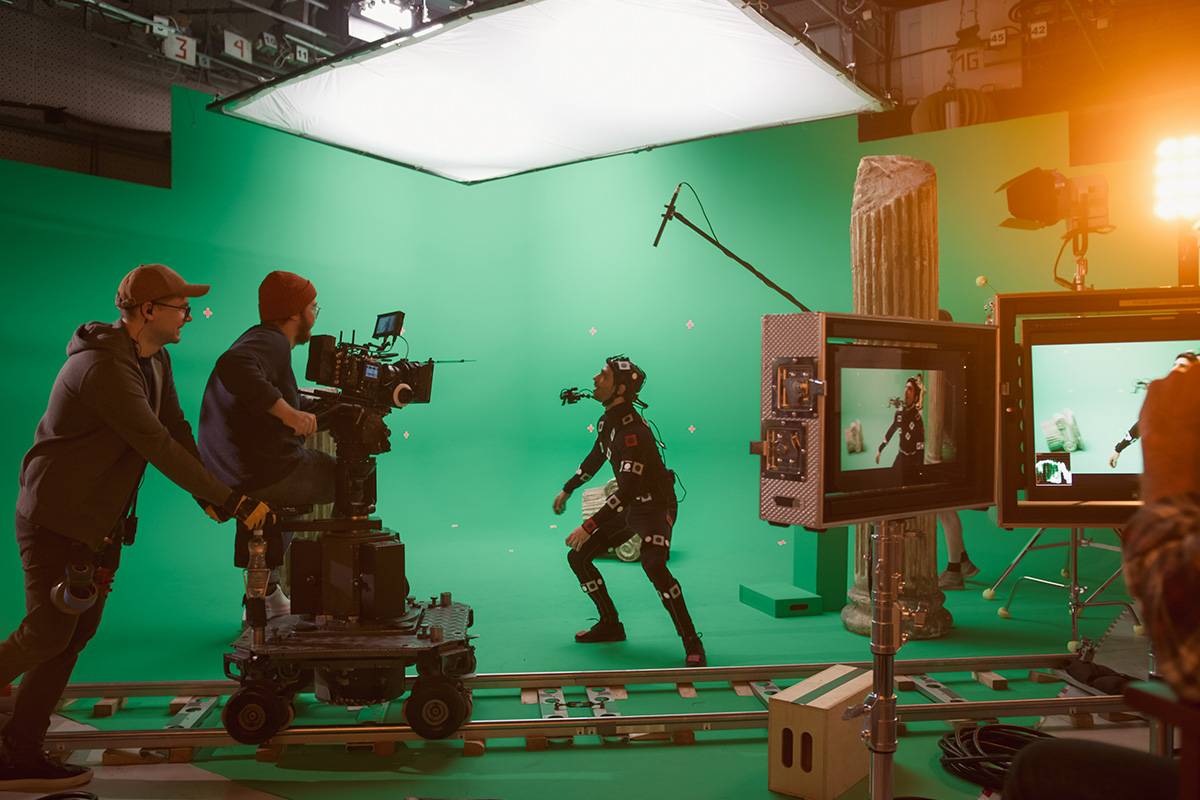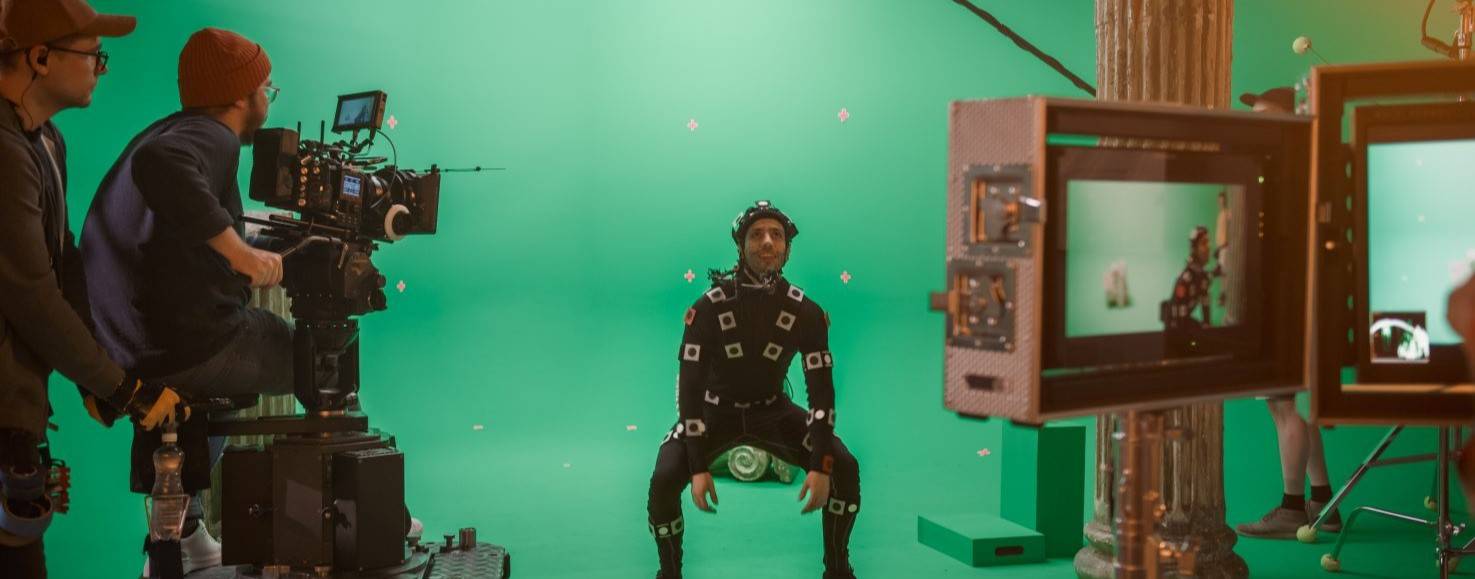What is VFX and what is it used for?
In the world of film, television, video games and advertising, visual effects or VFX (Visual Effects) have transformed the way we tell stories, allowing us to create worlds, creatures and scenarios that would be impossible to capture with traditional filming techniques. From huge explosions to digital landscapes that defy the laws of physics, VFX are a key tool in modern production.
In this article, we'll take a closer look at what VFX are, the most common software used to create them, how they differ from special effects (FX), and in which entertainment industries they are most commonly used.
What is VFX?
VFX or Visual Effects are visual effects created and manipulated using computer graphics and editing software to integrate digitally generated images into real footage. These effects can range from replacing the sky in a scene to creating fully animated characters, fantastical creatures or unreal settings.
VFX are mainly used when it is unfeasible or too costly to physically recreate something on set. They also provide greater creative flexibility to filmmakers, allowing them to realise their vision without the limitations of the real world. A clear example of this can be found in films such as Avatar, where VFX was used to build one of the most famous universes of the last decades.
What are the differences between VFX and SFX?
Often, the terms VFX and FX (Effects) are confused, but they are two different concepts. As we have already mentioned, VFX, also known as visual effects, are effects created digitally in post-production and integrated with real images (whether they are objects, characters or scenery). In contrast, SFX (or FX), also called special effects, are those that are created physically and in real time on a film set. They can be explosions, prosthetic make-up, artificial rain, etc.
Both techniques complement each other to deliver spectacular results on screen. An example of a combination is the Lord of the Rings trilogy, where both physical and digital visual effects were used to create creatures, epic battles and majestic landscapes.
Top 5 most used VFX software
The field of VFX has come a long way thanks to the evolution of software, which allows digital artists to create increasingly realistic and detailed effects. Here are the most widely used programs in the industry:
1. Adobe After Effects
One of the most popular and widely used VFX software is Adobe After Effects. This software specialises in the creation of motion graphics, compositing and visual effects in post-production. It is ideal for projects that require smaller-scale effects integration, such as the creation of titles, particles, sparkles, small explosions or simple visual touch-ups.
After Effects is known for its versatility and ease of use, allowing creators to design and animate in an intuitive environment. Although not as advanced for complex 3D effects, it is widely used for video editing and post-production effects creation in television, advertising and short films.
2. Nuke
Nuke is an advanced compositing software that is mainly used for high-end projects, such as Hollywood films and TV series. It offers powerful tools for integrating multiple visual elements into a scene, whether recorded live or computer-generated.
Nuke stands out for its nodal compositing system, which allows precise and efficient control of all the elements that make up a shot. Nuke is ideal for complex jobs such as creating environments, combining layers of effects or integrating digital characters.
3. Autodesk Maya
Maya is one of the most widely used 3D modelling and animation programs in the film and video game industry. Although it does not focus exclusively on VFX, it offers advanced tools for the creation of 3D simulations, animations and visual effects.
It is widely used to create characters, creatures, complex animations and physical simulations such as fluid, fire and object destruction. Maya is the preferred choice of major studios for the creation of three-dimensional VFX sequences.
4. Houdini
When it comes to complex simulations, Houdini is the king of the field. This VFX software specialises in creating advanced visual effects such as explosions, fluid simulations, destruction, smoke and other physical dynamics that are crucial to achieve realism in action or science fiction scenes.
Houdini offers a procedural approach, which means that artists can generate dynamic and modifiable visual effects in real time, allowing them to adjust details and simulations without having to start from scratch. Its ability to handle large-scale effects makes it the software of choice for studios looking for spectacular results.
5. Blender
Blender is an increasingly popular choice due to the fact that it is free and open source software. Although not as advanced as Maya or Houdini, Blender offers a full range of tools for 3D modelling, texturing, lighting, physics simulations and visual effects.
It is an excellent choice for independent studios or smaller budget projects that require an all-in-one solution for animation, graphics and VFX creation. In addition, its active and growing community continually contributes enhancements and plug-ins that expand its capabilities.
4 industries that use VFX
VFX are used in a wide variety of media and applications, from film to augmented reality. Here we explore some of the most common uses:
1. film and television
Film is probably the area where VFX are most visible. In science fiction, action and fantasy films, visual effects allow filmmakers to tell stories that would be impossible or too expensive to recreate in real life. Whether it's depicting gigantic explosions, creating fantastical creatures or transporting viewers to imaginary worlds, VFX are fundamental to the entertainment industry.
2. Video games
In video games, VFX are key to delivering immersive experiences. They are used in the creation of effects such as explosions, flashes of magic, moving water or particle simulations. Modern video games rely heavily on VFX to generate realistic environments and dynamic visual effects that enhance gameplay. In the Bachelor's Degree inVideo Game Design and Development you will be trained in depth in the creation of visual effects for your projects.
3. Advertising
In advertising, VFX allow brands to create impactful commercials that capture the public's attention. From 3D animated commercials to integrating digital elements into live-action shots, VFX offers advertisers a powerful tool for developing memorable campaigns.
4. Augmented Reality (AR) and Virtual Reality (VR)
With the growth of augmented reality and virtual reality, VFX are playing an increasingly important role. In AR, VFX are used to integrate digital objects or information into the real world, as seen in mobile apps or smart glasses. In VR, visual effects create immersive environments that transport users to completely new worlds.
VFX have revolutionised the way we consume visual entertainment, allowing creators to explore limitless possibilities. From movies and video games to advertising and augmented reality applications, visual effects play a crucial role in modern industry.
With the continuous advancement of technologies and software tools, VFX will continue to evolve, bringing more and more realism and spectacularity to our screens. If you are interested in design, animation and the use of advanced technologies, on UDIT's Bachelor of Animation, you will learn and experiment with the limitless opportunities and creativity that both visual effects and special effects offer in the creation of films and short films.


